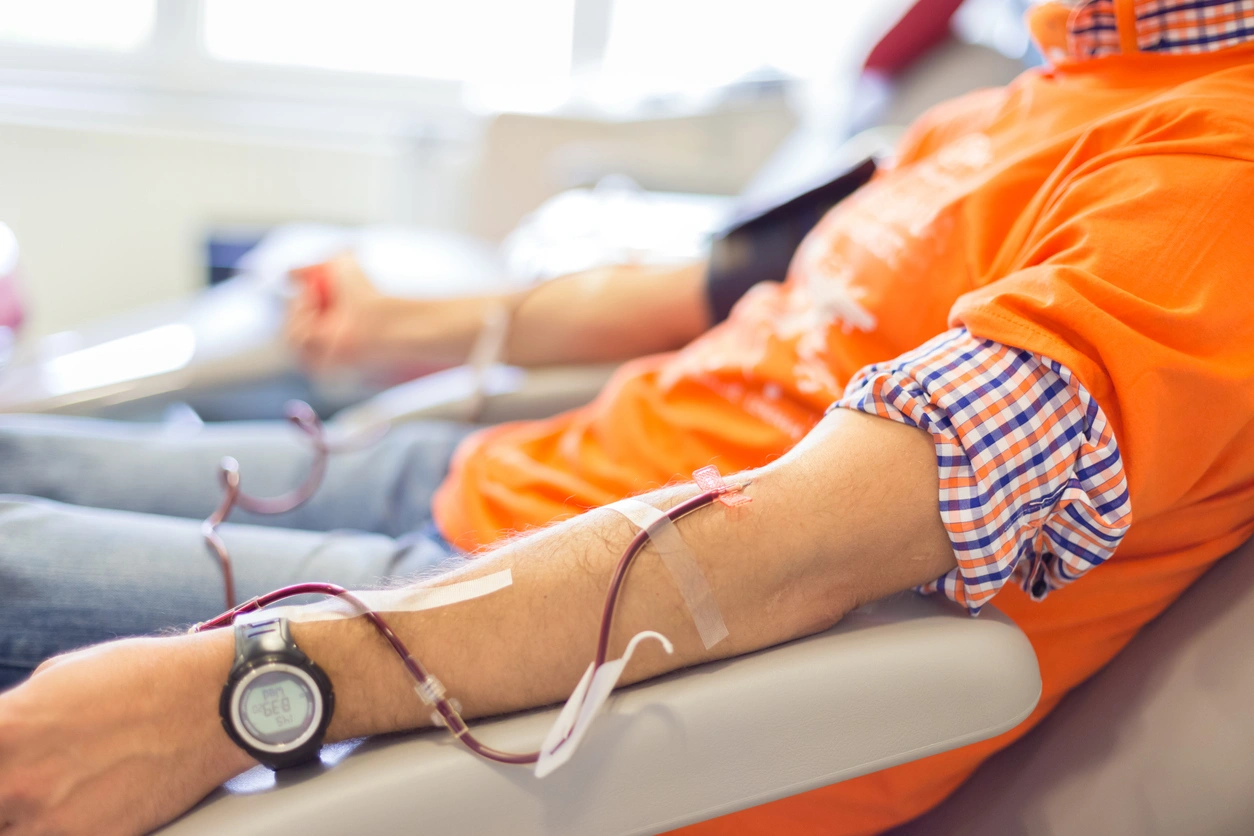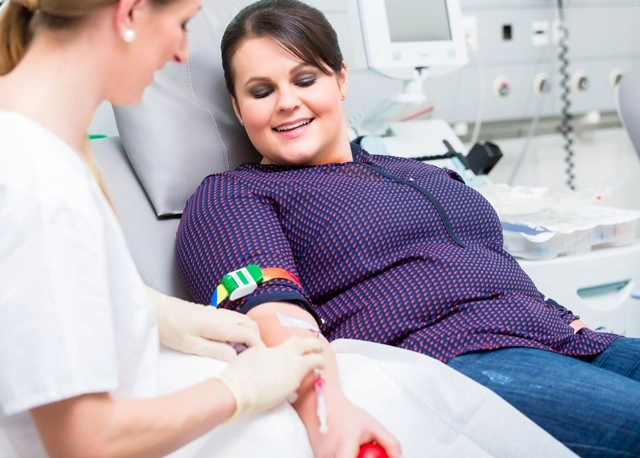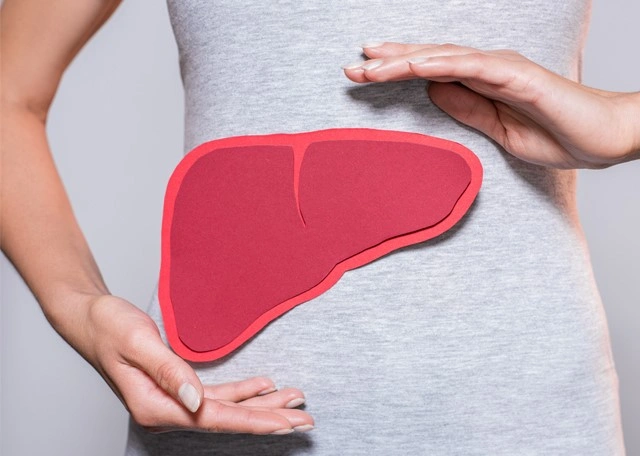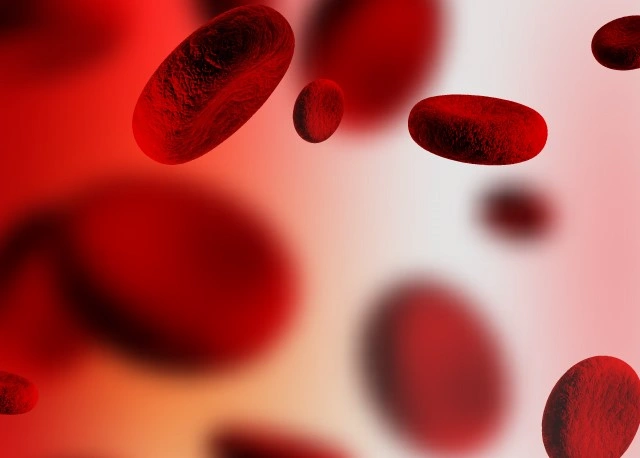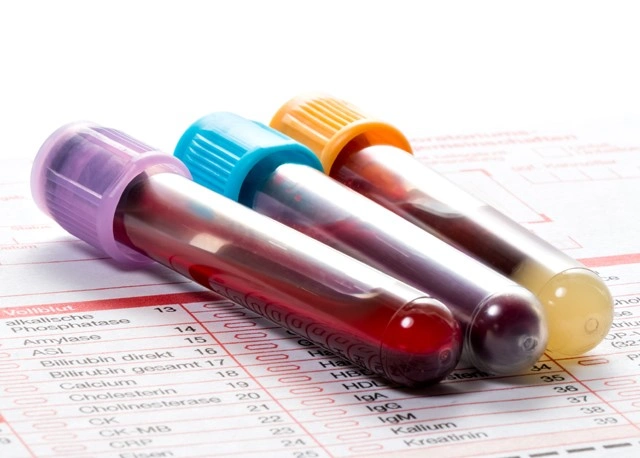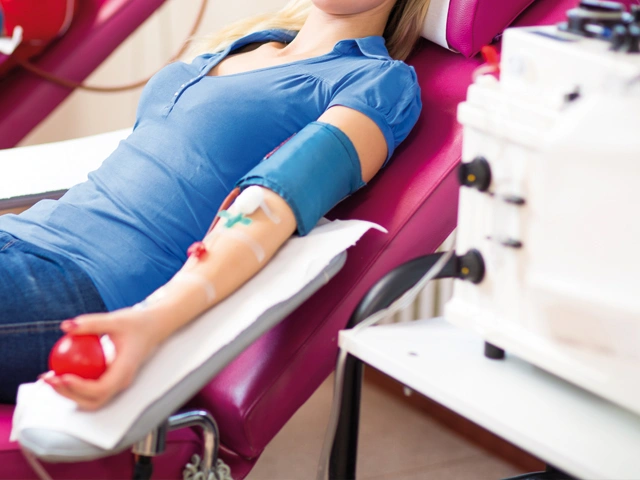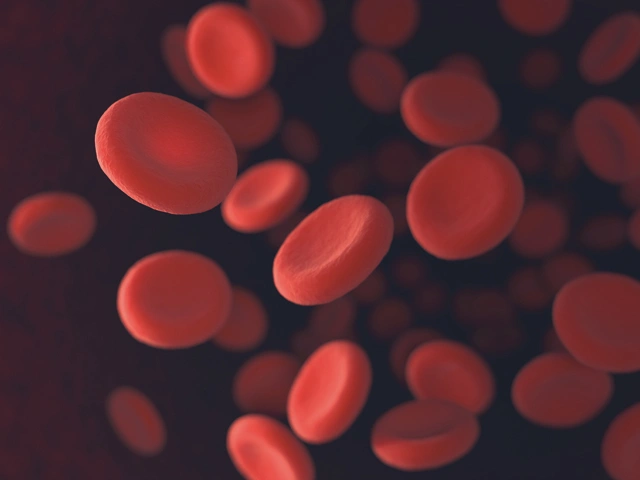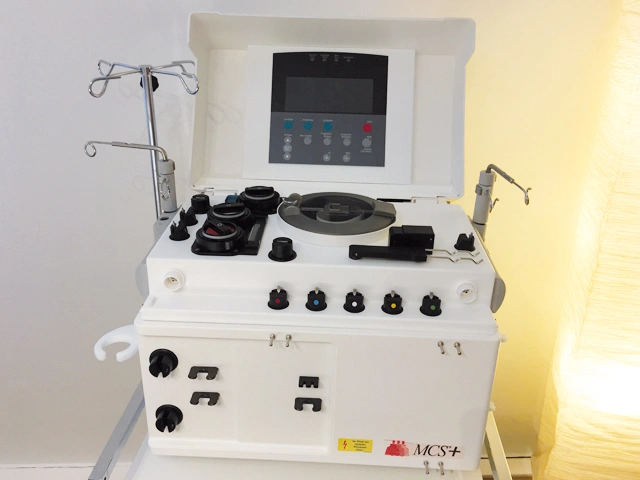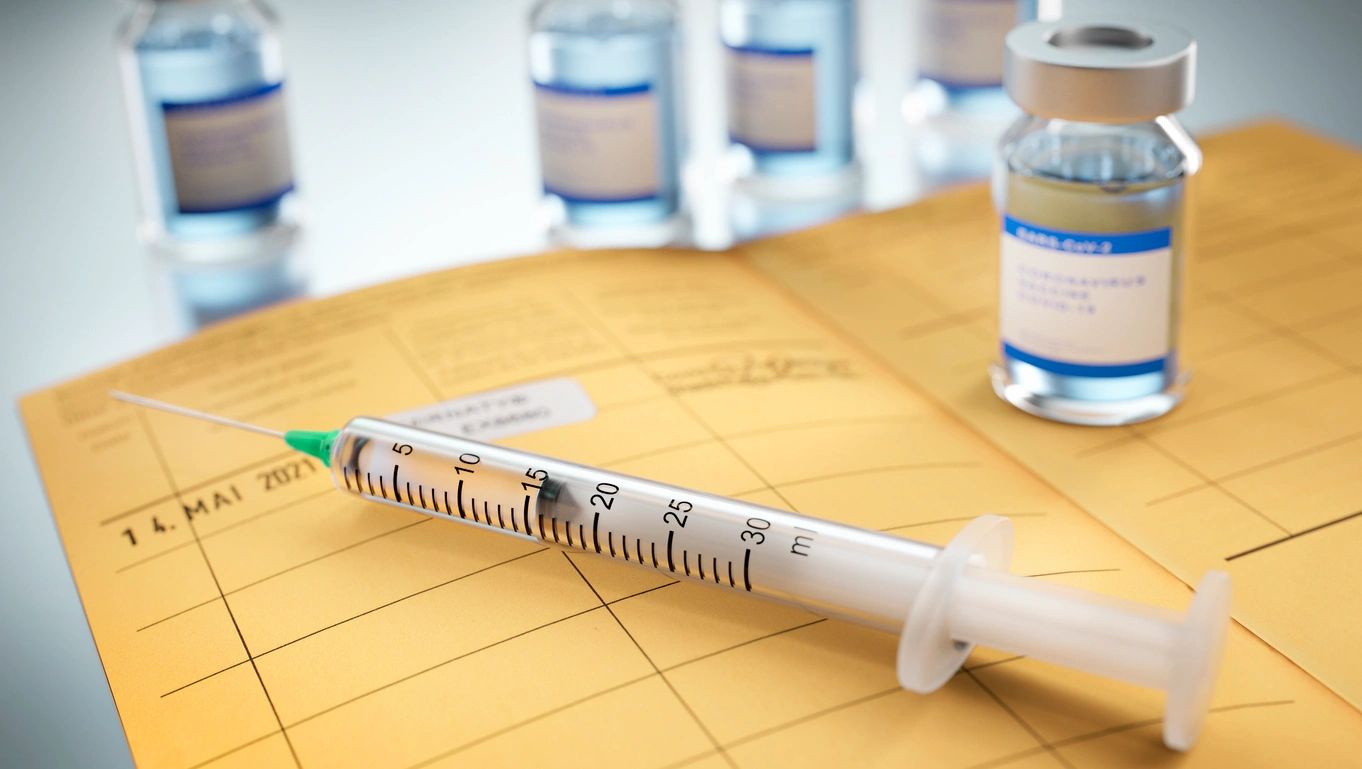
- Deutsch
- English
- 中文


As a physician with many years of experience and deep specialization in the field of hemochromatosis and iron overload, I have been treating patients with this often underestimated metabolic disorder for many years. In my doctoral thesis, I conducted in-depth research into the causes, effects, and treatment options for hemochromatosis. As one of the few specialists in this area, I offer erythrocytapheresis. Whether it's genetic hemochromatosis, secondary iron overload, or non-specific elevated ferritin levels - my goal is to detect early, treat precisely, and always consider both medical guidelines and your personal situation.
In my practice, erythrocytapheresis and bloodletting are available as treatment options.
For many people, the first symptom of this often-overlooked disease is:
In Germany alone, 400,000 people suffer from this hereditary disease, which can lead to liver cirrhosis, liver cancer, and severe heart failure - often with fatal outcomes. Men are affected 10 times more often than women, typically between the ages of 20 and 40. It is currently the most common genetic disorder.
The cause is abnormal iron absorption from the diet in the upper small intestine. The excess iron is deposited in organs and causes severe cellular damage over time.
If abnormal blood values such as elevated ferritin are detected, a
genetic test should be performed to quickly and reliably confirm
hemochromatosis.
Until now, hemochromatosis treatment has been unsatisfactory. Iron
chelators were used along with regular bloodletting. However, the
side effects of iron chelators are significant, and the treatment
itself is quite complex. Bloodletting is typically done weekly with
500 ml and can greatly weaken patients. Often, therapy cannot be
continued because hemoglobin drops below 12 g/dl.
Dr. med. Dorothea Brückl
Based on these findings, we now offer a new and highly effective treatment concept for hemochromatosis: erythrocytapheresis combined with erythropoietin.
Patients receive erythropoietin injections, which strongly stimulate the production of erythrocytes (red blood cells). The newly forming erythrocytes draw iron from the liver and other iron-storing organs. Then, apheresis is used to remove a double erythrocyte concentrate. Depending on the starting values, patients typically reach normal levels and are symptom-free after 3 to 15 treatment sessions.
Based on current experience, this therapy only needs to be repeated every 2 to 3 years, and only if symptoms or blood values begin to rise again.
The advantages of this hemochromatosis therapy include long
treatment-free intervals and less physical strain compared to
frequent bloodletting. Patients feel better and achieve results
faster and more effectively.
After this simple yet powerful therapy, one can speak of a “cure”
for this serious underlying condition. This is especially important
given that untreated hemochromatosis typically leads to severe
consequences and often has a poor prognosis.
Hemochromatosis therapy is just one of many treatments we offer at our practice. We are also your trusted partner for immunotherapy in Munich. By following a holistic approach and offering naturopathy in Munich, we provide personalized treatment plans tailored to your needs. We're also available as your allergist in Munich and for any questions related to immunology.
Contact us to schedule a consultation.
